MARKET OVERVIEW
In healthcare, technology continues to play an important role in transforming the way medical diagnoses and treatments are conducted. One such remarkable advancement is the integration of Artificial Intelligence (AI) into the field of Ophthalmology. The Global AI in Ophthalmology market has been gaining substantial attention for its potential to revolutionize eye care. AI systems are renowned for their accuracy and consistency. In the field of Ophthalmology, this translates to more reliable diagnoses and treatment recommendations, reducing the margin of error.
The Global AI in Ophthalmology market holds immense promise in revolutionizing eye care. Its applications, benefits, and challenges are paving the way for a brighter future in which early disease detection, personalized treatments, and enhanced accessibility to eye care services are the norm. While challenges such as data privacy and integration persist, the relentless pursuit of innovation ensures that AI will continue to play an increasingly significant role in Ophthalmology.
Global AI in Ophthalmology market is estimated to reach $961.5 Million by 2030; growing at a CAGR of 31.3% from 2023 to 2030.
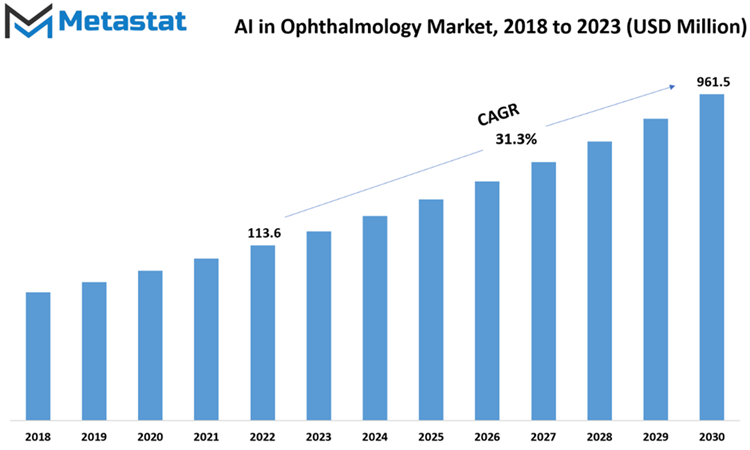
GROWTH FACTORS
The global AI in Ophthalmology market is experiencing significant growth, driven by several key factors. Most influential is the increasing demand for early and accurate diagnosis. AI-integrated systems have the capability to thoroughly analyze ophthalmic images, thus aiding in the swift identification of eye-related conditions and improving patient prognosis. Conversely, AI advancements have the potential to alleviate the shortage of specialized professionals by assisting in screening, diagnostics, and prioritizing eye-related ailments which is one of the growth factors in the long term.
Secondly, in the market Regulatory and Compliance Challenges play a very necessary role as they can act as a challenge. The integration of AI in healthcare requires strict adherence to stringent regulations, which can affect the rate of AI adoption in the field of ophthalmology. At the same time one of the challenges concerns Data Privacy. Worries related to the security and confidentiality of patient data pose obstacles when it comes to sharing and using sensitive ophthalmic images for AI-assisted analyses. Such concerns could potentially impede market growth.
However, AI-powered ophthalmic solutions open new opportunities for telemedicine, enabling remote screening and diagnostics, particularly in underserved regions. These developments hold the promise of lucrative prospects for the market in the coming years. The global AI in Ophthalmology Market is a focal point of attention.
MARKET SEGMENTATION
By Application
The Disease Detection and Diagnosis segment, with a valuation of 67 USD Million in 2022, held the major share of the AI in Ophthalmology Market. Projections indicate substantial growth, with an expected Compound Annual Growth Rate (CAGR) of 30.5% from 2023 to 2030. This segment involves the use of AI to swiftly and accurately identify eye diseases, enhancing early intervention and treatment. It focuses on identifying and diagnosing diseases in patients. It involves using advanced technologies and medical data to detect health issues accurately and at an early stage.
Whereas in 2022, the Surgery Assistance segment held 13.3% of the AI in Ophthalmology Market. It is poised for remarkable growth, potentially reaching 144.2 USD Million in 2030. Within this category, technology is employed to assist surgeons during surgical procedures. It includes tools and systems that enhance precision and provide real-time information to surgeons, making surgeries safer and more efficient. This sector involves AI applications that assist ophthalmic surgeons during procedures, improving precision and patient outcomes.
Treatment planning encompasses selecting the most suitable treatment options based on individual patient data and medical knowledge. Effective treatment planning ensures that patients receive the most appropriate care tailored to their specific needs. Valued at 8.37 USD Million in 2022, the Treatment Planning segment accounted projections anticipate steady growth, with a forecasted CAGR of 29.8% between 2023 and 2030. This segment focuses on utilizing AI algorithms to create personalized treatment plans for patients, optimizing therapeutic approaches.
The Patient Monitoring segment, valued at 6.86 USD Million in 2022 of the AI in Ophthalmology Market. Growth prospects appear promising, with a potential culminating in a value of 55.8 USD Million in 2030. This segment revolves around AI-powered solutions that enable continuous and remote monitoring of patients' eye conditions, enhancing disease management. It uses remote monitoring devices and data analysis to keep healthcare providers informed about a patient's condition. This enables timely adjustments to treatment plans and helps prevent complications.
The Drug Development segment was valued at 6.01 USD Million. Forecasts indicate robust growth, with a projected CAGR of 32.9% from 2023 to 2030. Drug development focuses on the research and creation of new pharmaceuticals and therapies. Advanced technologies play a crucial role in this process, accelerating drug discovery and development, ultimately benefiting patients by providing access to innovative treatments. This segment focuses on harnessing AI to accelerate the discovery and development of innovative pharmaceuticals for ophthalmic treatments.
Lastly, the Telemedicine segment, with a 2022 valuation of 10.2 USD Million, contributed significantly to the AI in Ophthalmology Market. Projections are optimistic, with a substantial CAGR from 2023 to 2030, potentially leading to a value in 2030. This segment involves the use of AI-powered telehealth solutions, enabling remote consultations and diagnostics, ultimately improving accessibility to ophthalmic care.
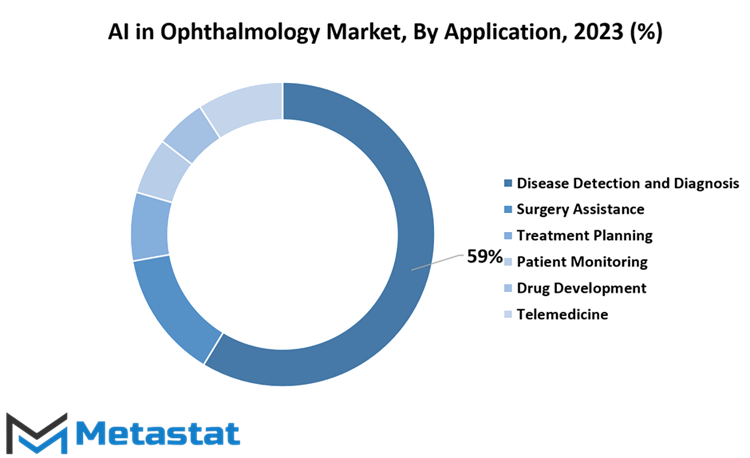
By Technology
Artificial Intelligence is at the forefront of this domain, inclusive of sophisticated algorithms and models to scrutinize extensive datasets in ophthalmic science. It serves as the bridge for precise interpretation of medical visuals, exemplified by retinal scans, through the discernment of intricate patterns and irregularities. The deployment of machine learning algorithms aids in the discernment of ocular maladies and the projection of their evolutionary trajectory.
Computer Vision, an indispensable facet of AI in the realm of Ophthalmology, assumes a pivotal role by endowing machines with the ability to decode and grasp visual data emanating from images and videos. In the domain of ophthalmic applications, computer vision finds its purpose in the analysis of retinal imagery, the tracking of ocular motility, and the identification of anomalies within ocular scans, thus elevating the precision of diagnostic procedures and therapeutic interventions.
Natural Language Processing (NLP), yet another cornerstone of AI in Ophthalmology, comes into play, particularly in the context of managing textual data and electronic health records (EHRs). NLP algorithms are adept at extracting invaluable insights from clinical narratives and medical reports, thereby facilitating healthcare practitioners' access to pertinent patient data and enabling well-informed decisions regarding ocular healthcare.
By End-User
Starting with Hospitals and Clinics, these healthcare institutions utilize AI technology in ophthalmology to enhance patient care, diagnosis, and treatment. AI assists ophthalmologists in providing more precise assessments and personalized treatment plans, ultimately improving the quality of eye care services offered to patients.
Next is Research Institutions, which play a crucial role in advancing AI applications in ophthalmology. They conduct studies, experiments, and trials to develop and refine AI algorithms and technologies for diagnosing and treating various eye conditions. These advancements contribute significantly to the overall progress of ophthalmic AI.
Last but not least, one of the important end users is pharmaceutical companies who leverage AI in ophthalmology for drug discovery and development. AI-driven research aids in identifying potential drug candidates for ophthalmic diseases and streamlining the drug development process. This application of AI accelerates the availability of new medications to treat eye-related conditions.
REGIONAL ANALYSIS
In accordance with geographical regions, the global AI in Ophthalmology sector is demarcated into distinct territories, namely North America, Europe, Asia-Pacific, South America, and the Middle East & Africa. The North American realm is further stratified into the United States, Canada, and Mexico which has a significant part of the market and is estimated to grow by 31.0% in the forecasted period, whereas Europe encompasses the United Kingdom, Germany, France, Italy, and the Remaining European regions. Within the expansive bounds of Asia-Pacific, we discern the presence of India, China, Japan, South Korea, and the Remaining Asia-Pacific sectors. The panorama of South America is adorned with Brazil, Argentina, and the Remaining South American sectors, while the Middle East & Africa is intricately classified into the GCC Countries, Egypt, South Africa, and the Remaining Middle East & Africa locales. This mosaic encapsulates the expanse of the global AI in the Ophthalmology market.
COMPETITIVE PLAYERS
Topcon Corporation brings a nuanced perspective to the table. Their strategic approach and unwavering dedication to precision make them a noteworthy player in this intricate ecosystem. Visionix USA, with its visionary approach to eye care, enhances the Ophthalmology AI narrative. Their advanced instruments add depth and complexity to the field.
Apart from these there are various key players operating in the AI in Ophthalmology industry including Google LLC, Carl Zeiss Meditec AG, NVIDIA Corporation, Merative, Eyenuk, Inc, RetinAI Medical AG, iCare, Heidelberg Engineering GmbH, Nidek Co., Ltd, Optos plc, Digital Diagnostics Inc., RetinaLyze System A/S, Toku Eyes, Synapxe Pte Ltd, MONA.health, Oivi Tech Pvt Ltd, Eyetelligence Ltd, Retina Labs, Intelligent Retinal Imaging Systems, D-EYE S.r.l., NeuroVision Imaging, Inc., Altris Inc., RetInSight GmbH, EyeQue Corporation, Thomson Software Solutions, Paragon Vision, LLC, WAVE Contact Lens System, Clairetool.
These key players in the AI-driven Ophthalmology industry exhibit a remarkable blend of innovation and expertise, contributing significantly to the field's advancement. Their collective impact on the landscape is nothing short of extraordinary, with each entity adding a distinct layer of complexity to the narrative.
AI in Ophthalmology Market Key Segments:
By Application
- Disease Detection and Diagnosis
- Surgery Assistance
- Treatment Planning
- Patient Monitoring
- Drug Development
- Telemedicine
By Technology
- Machine Learning
- Computer Vision
- Natural Language Processing (NLP)
By End-User
- Hospitals and Clinics
- Research Institutions
- Pharmaceutical Companies
Key Global AI in Ophthalmology Industry Players
- Google LLC
- Topcon Corporation
- Carl Zeiss Meditec AG
- NVIDIA Corporation
- Merative
- Eyenuk, Inc
- RetinAI Medical AG
- iCare
- Heidelberg Engineering GmbH
- Nidek Co., Ltd
- Optos plc
- Digital Diagnostics Inc.
- RetinaLyze System A/S
- Visionix USA
- Toku Eyes
WHAT REPORT PROVIDES
- Full in-depth analysis of the parent Industry
- Important changes in market and its dynamics
- Segmentation details of the market
- Former, on-going, and projected market analysis in terms of volume and value
- Assessment of niche industry developments
- Market share analysis
- Key strategies of major players
- Emerging segments and regional growth potential



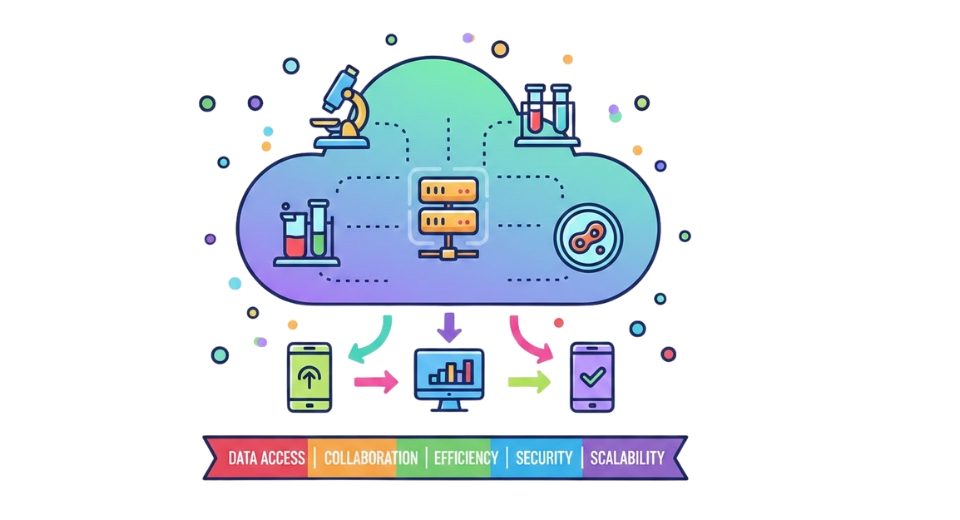
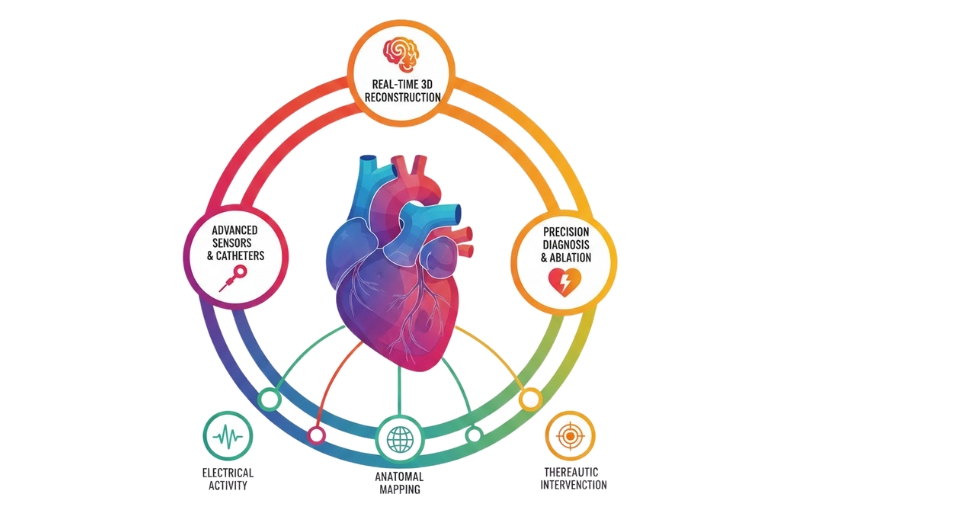
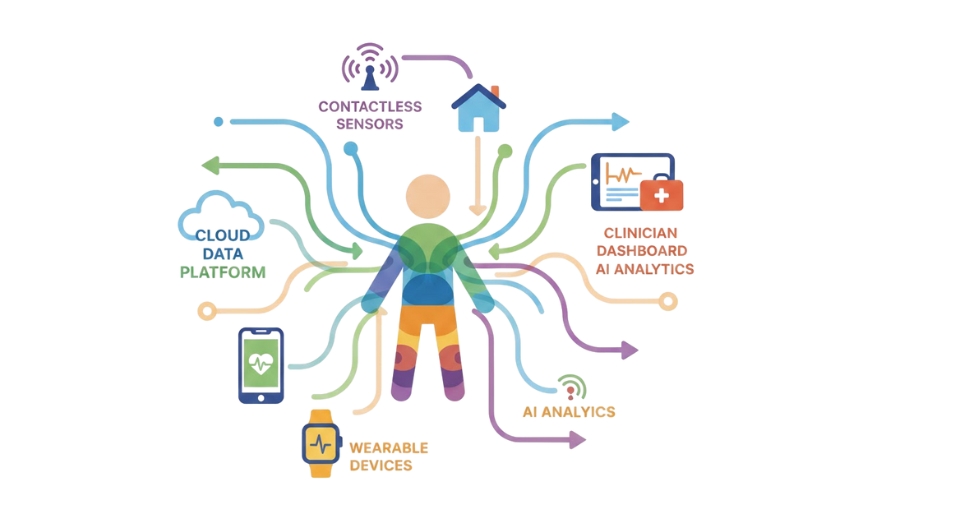
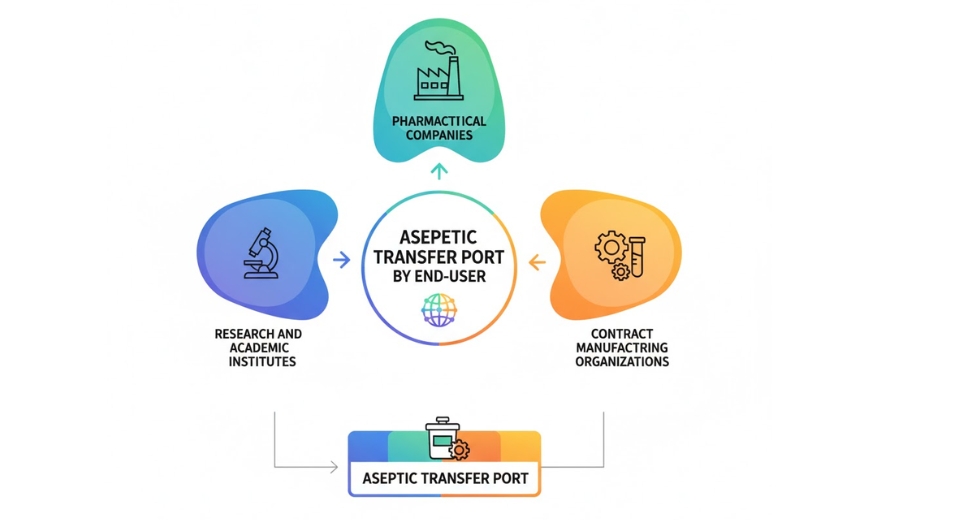

 US: +1 3023308252
US: +1 3023308252






